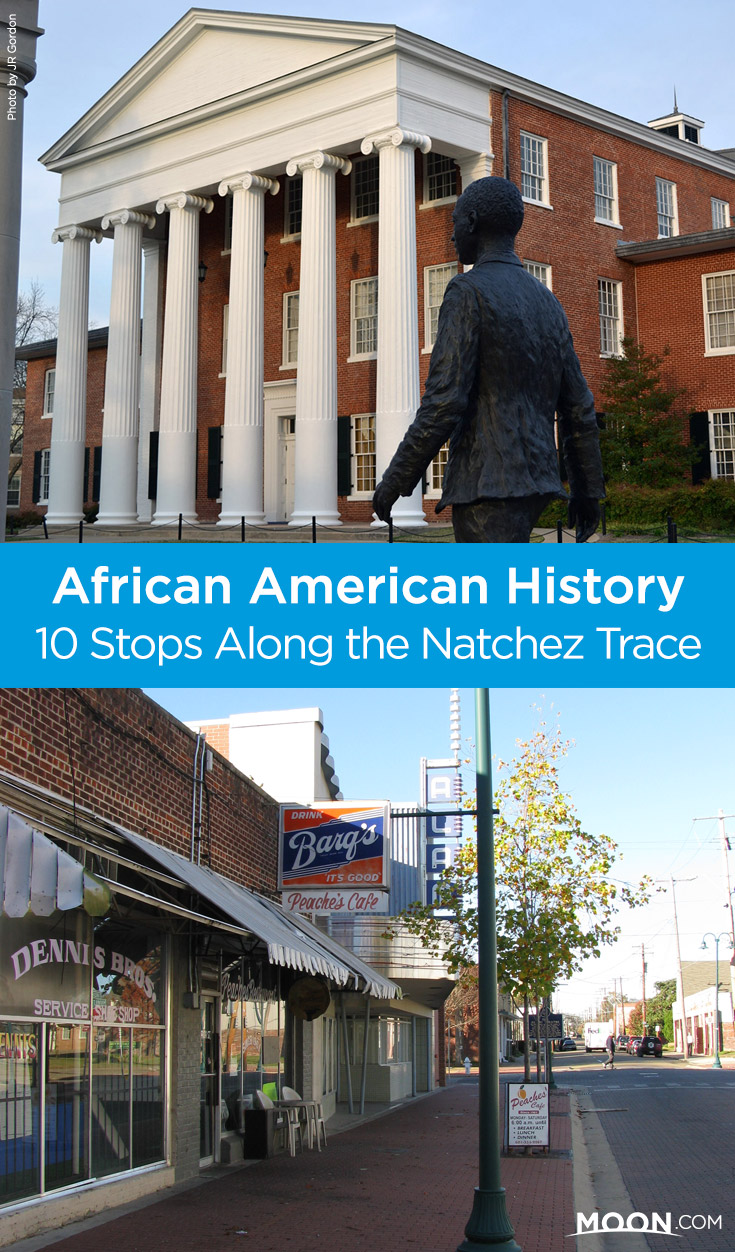Exploring African American History on the Natchez Trace
The Natchez Trace Parkway, running between Nashville and New Orleans, covers an incredible breadth of American history. It would be remiss to make this road trip without acknowledging-and exploring-the deep and lasting legacy of the African American experience in the region. Below are ten important sights, arranged from north to south, that shine a light on the history of African Americans in the South.
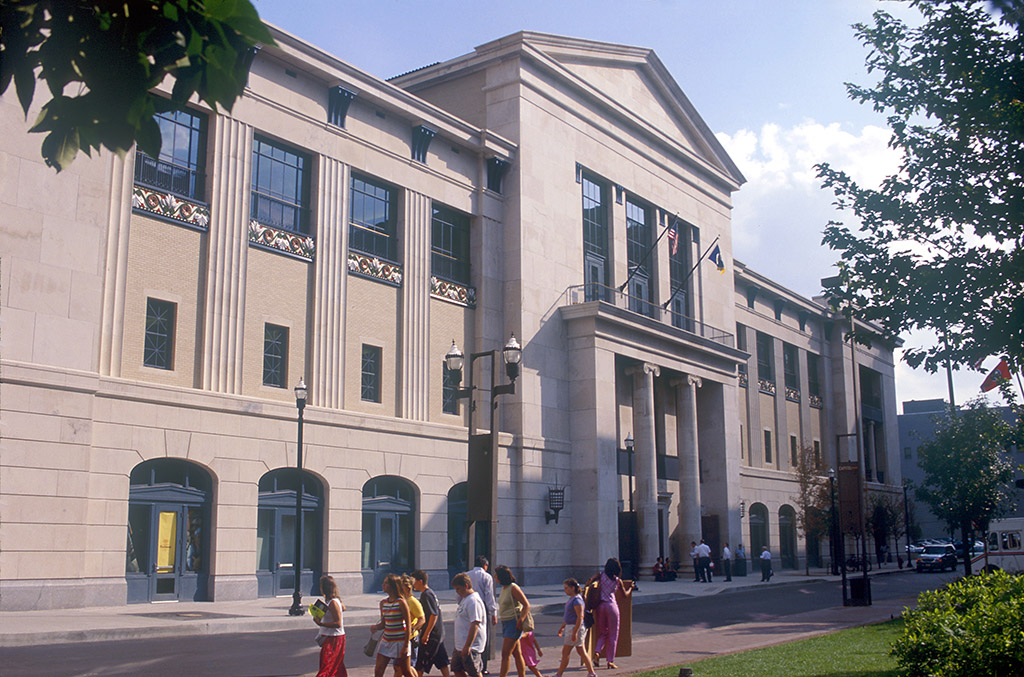
1. Civil Rights Room at the Nashville Public Library, Nashville, TN
Nashville was the first Southern city to desegregate public services, and it did so relatively peacefully. Stop by Civil Rights Room (admission is free) inside the main Nashville Public Library to see an exhibit about the historic Nashville sit-ins of 1960 that changed history. When Martin Luther King Jr. spoke at Fisk University in 1960 he said: “I came to Nashville not to bring inspiration, but to gain inspiration from the great movement that has taken place in this community.” You’ll leave similarly inspired.
2. Fisk University, Nashville, TN
This historically black college was founded in 1866, and since then it has been essential to the African American experience in Music City. In fact, it was an international tour of the Fisk Jubilee Singers that gave Nashville its now-famous nickname. Tour the Fisk University campus, including Jubilee Hall, which is said to be the first permanent building constructed for the education of African Americans in the country. Cravath Hall houses several Aaron Douglas murals, powerful pieces of art from the Harlem renaissance.
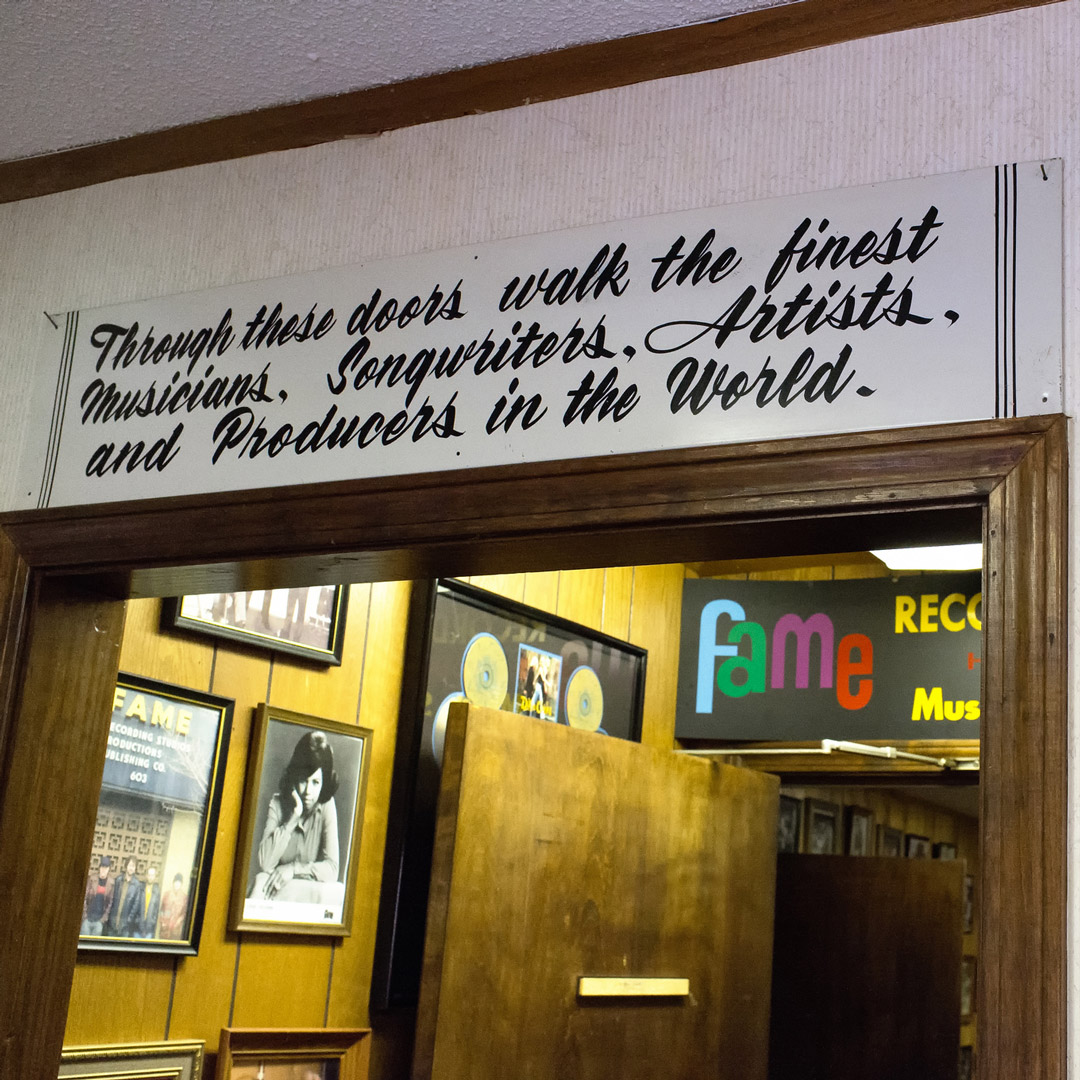
3. Fame Studios, Muscle Shoals, AL
During its heyday in the 1960s, this small, unassuming recording studio was one of the few places in the country where black and white musicians were able to record together, in part because its remote location kept it off the radar for those outside the music industry. Take a tour of the still-working recording studios.
4. Carver School Civil Rights Heritage Marker, Tupelo, MS
The Carver School Civil Rights Heritage Marker (1045 North Green Street) denotes the spot where much of Tupelo’s civil rights work took place. Built in 1939, Carver Elementary School was an important part of the movement, as a school for African American students and a meeting place for the black community.
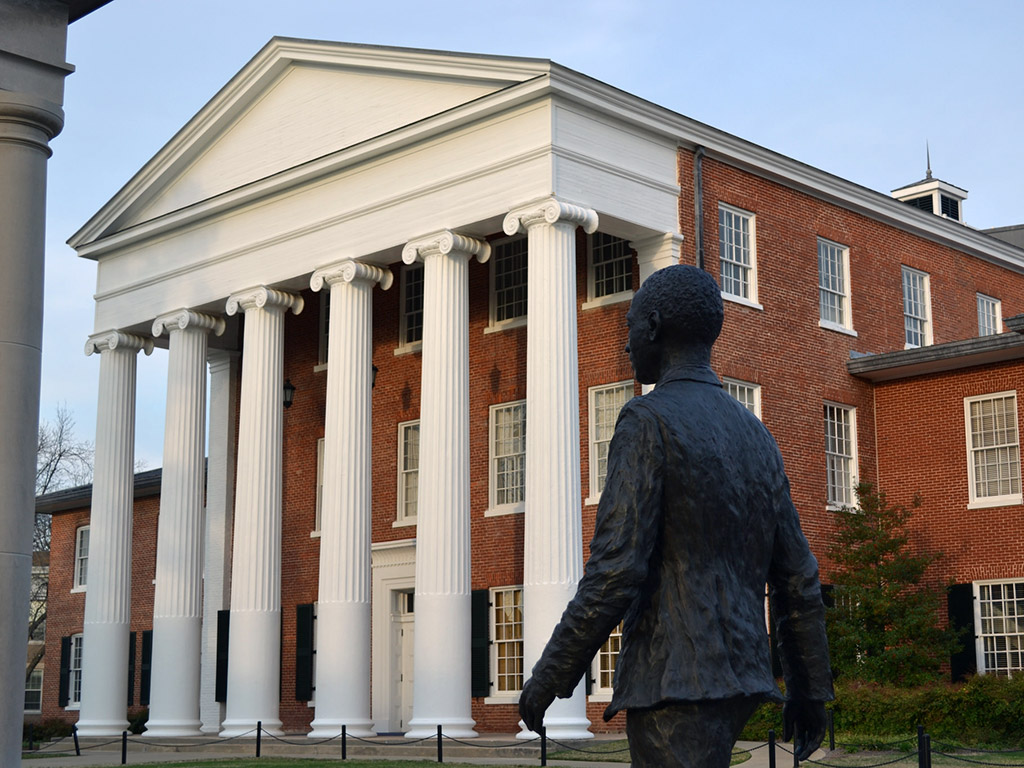
5. University of Mississippi, Oxford, MS
When James Meredith entered the University of Mississippi in 1962 as its first African American student, it was amid protests of more than 2,000 people. When you tour the Lyceum in the center of the Ole Miss campus, you’ll see the bullet holes in the building from that protest, as well as a statue of Meredith.
6. Burns-Belfry Museum, Oxford, MS
Housed in a 1910 Episcopal church, which was founded by freed African Americans, Burns-Belfry Museum offers illuminating exhibits about civil rights, slavery, and more. Admission is free.
7. Margaret Walker Center, Jackson, MS
Inside Ayer Hall on the Jackson State University campus, this small, free museum has a changing, but always challenging, set of art exhibits about African American life and culture. The small retail shop is also stocked with thought-provoking books.
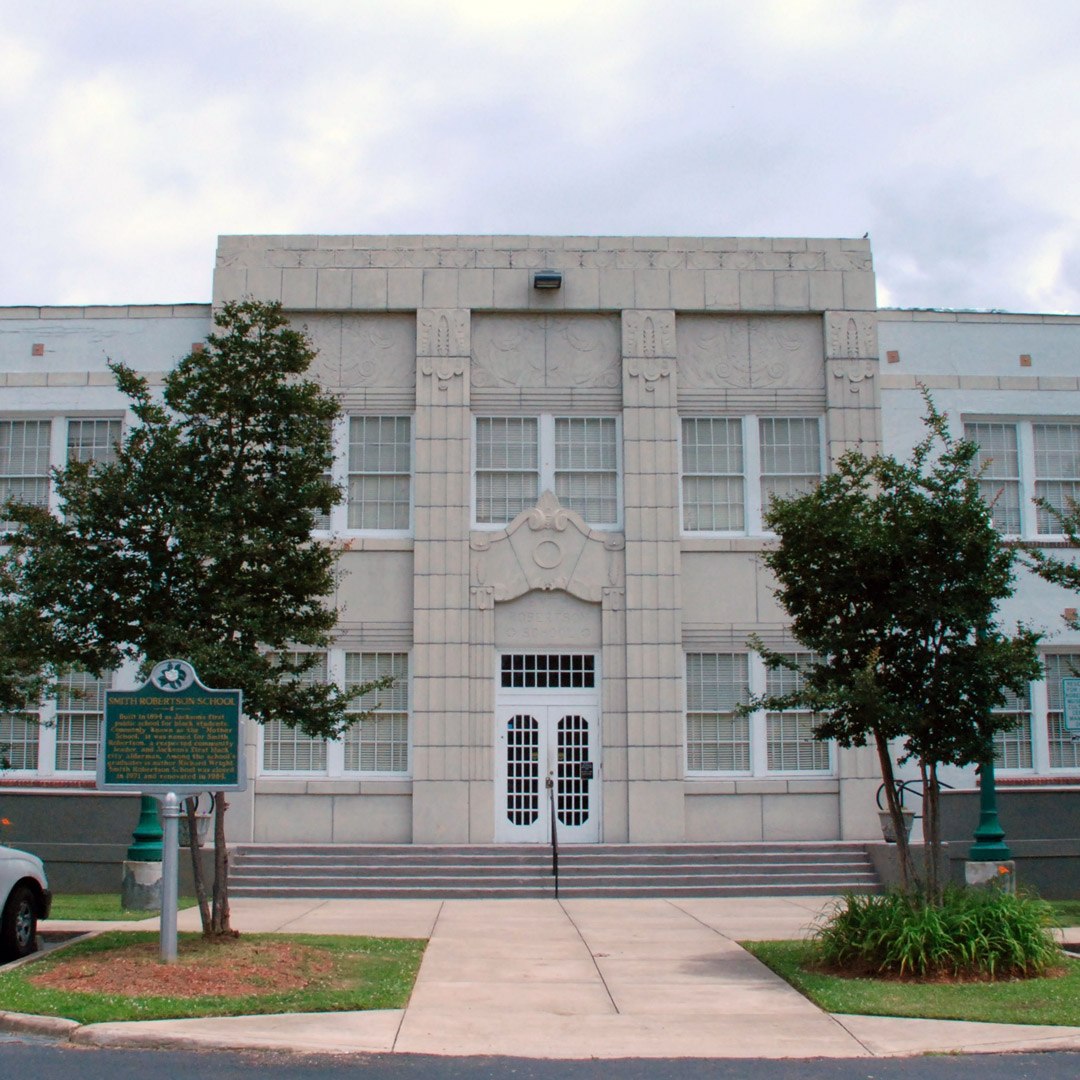
8. Smith Robertson Museum, Jackson, MS
Located inside the building that was the first public school built in Jackson for African American children, the in-depth Smith Robertson Museum looks at African American history in the Deep South. The replica of a slave ship is a particularly powerful exhibit.
9. Farish Street Historic District, Jackson, MS
This downtown strip of Jackson’s Historic District was once the center of commerce and social activity for African Americans in the city after World War II. Once Jackson desegregated, the area fell into disrepair. Efforts to rehabilitate it are still in flux, but strolling down the street and reading the historic markers is essential to understanding the history of civil rights in Jackson. This street is a stop on the Mississippi Blues Trail (an important historical route in its own right, with more than 200 stops).
10. William Johnson House, Natchez, MS
Freed-slave-turned-barber William Johnson and his family once lived in this brick building located at 210 State Street. Downstairs is an informative, kid-friendly museum about his remarkable journey; upstairs you can take a peek in the apartment itself.
Special Bonus Event: If you happen to be in New Orleans during Mardi Gras season, don’t miss the Mardi Gras Indians, an African American troupe of Carnival revelers who usually host a vibrant parade on Super Sunday, the Sunday preceding or following St. Joseph’s Day. Several of the city’s museums, including the New Orleans Historic Voodoo Museum and the Backstreet Cultural Museum include information about the Mardi Gras Indians.
Related Travel Guide
Pin For Later
